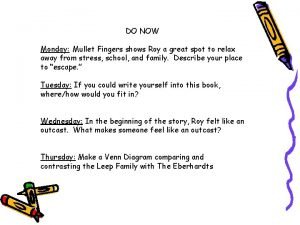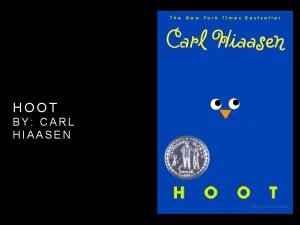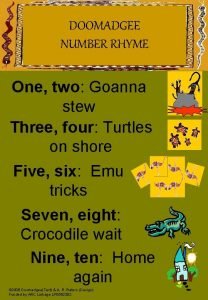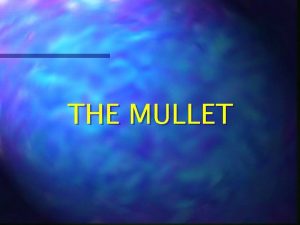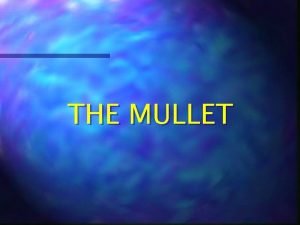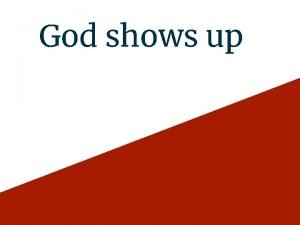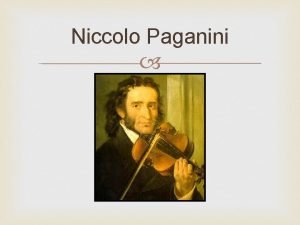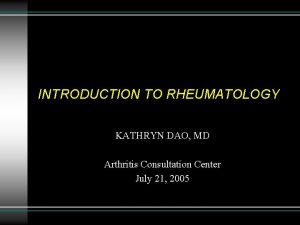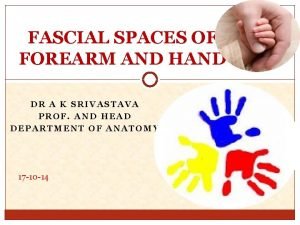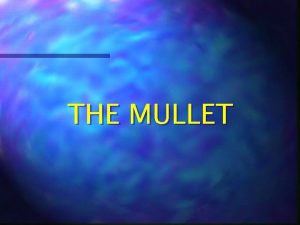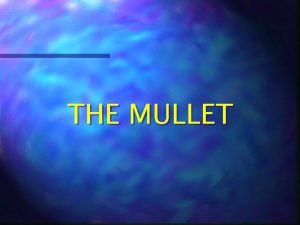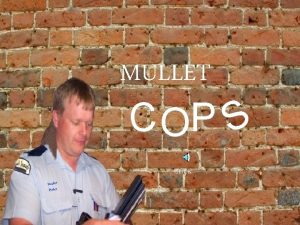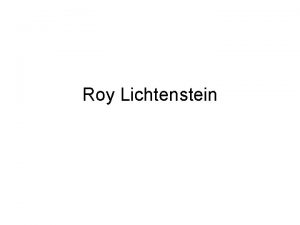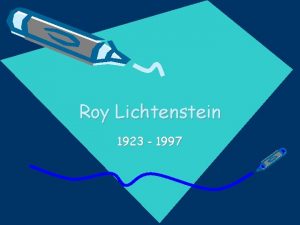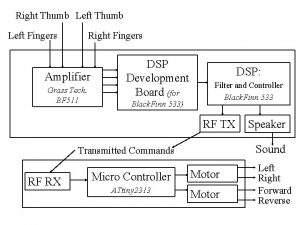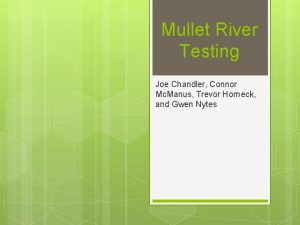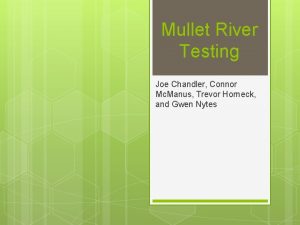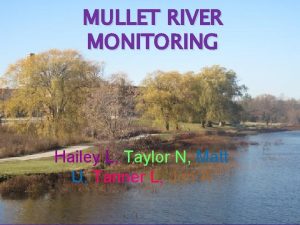DO NOW Monday Mullet Fingers shows Roy a















- Slides: 15

DO NOW Monday: Mullet Fingers shows Roy a great spot to relax away from stress, school, and family. Describe your place to “escape. ” Tuesday: If you could write yourself into this book, where/how would you fit in? Wednesday: In the beginning of the story, Roy felt like an outcast. What makes someone feel like an outcast? Thursday: Make a Venn Diagram comparing and contrasting the Leep Family with The Eberhardts

Point of View Objective: • To identify the three types of point of view and to pick them out of a story

Point of View • point of view – refers to who is telling the story – Determined by the narrator, NOT DIALOGUE & NARRATION • Dialogue = when characters speak. • Narration = when the narrator speaks. EXAMPLE: • “Quotation marks” separate narration from dialogue. 1 Example “Help” my cousin Jack said. 1 2

3 Main Types of Point of View • 1. First Person • 2. Second Person • 3. Third Person – Third Person Omniscient – Third Person Limited

1. First Person first person – narrator is a character in the story • recognize this is the use of the pronouns: I, me, my, mine, we, us, ours, • Personal story, autobiography

2. Second Person • Second person - Usually used for instructions • Uses “You” or “your” Example: First, gather your materials. Add 1 cup sugar to flour.

3. Third Person (a) third person limited – narrator only knows thoughts and feelings of one character (b) third person omniscient - the narrator knows the thoughts and feelings of ALL characters • Omni = “all” • “Scient” = knowing • Uses the pronouns: he, she, her, they, them, and character's names

EXAMPLE A • Mr. Johnson looked at Charles sternly. He simply didn’t know what to do with this boy. Charles had been in Mr. Johnson’s office twice earlier this week. Now here he was again, and this time he was charged with something much more serious. Mr. Johnson shook his head. There really was no doubt in his mind. Charles was guilty. He looked at the police officer standing next to Charles. No question whatsoever-Charles had done it.

Which point of view? • • Excerpt A was Third Person Limited. The author, not a character, is telling the story. We can see only what Mr. Johnson is thinking. We know what Mr. Johnson thinks, but we do not know what the officer or Charles thinks. • We also do not know whether or not Charles is really guilty. • Key words: he, his

Example B • I can’t believe what is happening to me. I know that I’ll never convince Mr. Johnson and the cop that I had nothing to do with this. Man! I didn’t do it. Why won’t anyone believe me? I’ve been in trouble before, but I’ve never done anything like this! I’ve got to convince them, or I might as well kiss my life good-bye.

Which point of view? Excerpt B - First Person Point of View. • Charles, a character in the story, is telling us what happened to him. • We know that Charles is innocent. • Key Words: I, me

Example C • Officer Wiley looked at Charles and scratched his head. All the evidence pointed to Charles’s guilt, but the officer just couldn’t be sure. Mr. Johnson, on the other hand, knew that Charles was guilty as sin. His numerous brushes with authority in the past left no question in his mind at all. Charles hung his head, knowing that this time he would not be able to talk his way out of trouble.

Which point of view? Excerpt C - Third Person Omniscient • The author is telling the story, but we can see what Officer Wiley, Charles, and Mr. Johnson are thinking. • We know that Mr. Johnson believes Charles is guilty, but Officer Wiley has doubts. We still are not sure whether or not Charles is guilty.

EXAMPLE D To make lemonade, you add the juice of lemons to water and sugar. Then you mix it.

Which point of view? • Excerpt D is an example of Second Person Point of View • The narrator is speaking directly to “you. ” • The reader may be confused and believe the narrator is talking to them.
 Mullet fingers now
Mullet fingers now Hoot mullet fingers real name
Hoot mullet fingers real name Mullet rhyme
Mullet rhyme Camaro cut mullet
Camaro cut mullet Mullet definition hair
Mullet definition hair When god shows up he shows off
When god shows up he shows off Now i see it now you don't
Now i see it now you don't Volar si palmar
Volar si palmar Hypoxaemia vs hypoxia
Hypoxaemia vs hypoxia Paganini era
Paganini era Fingers poet x
Fingers poet x Raised esr causes
Raised esr causes Cricoid pressure
Cricoid pressure Fat fingers phone
Fat fingers phone Boundaries of space of parona
Boundaries of space of parona Evolution section 3 shaping evolutionary theory
Evolution section 3 shaping evolutionary theory
